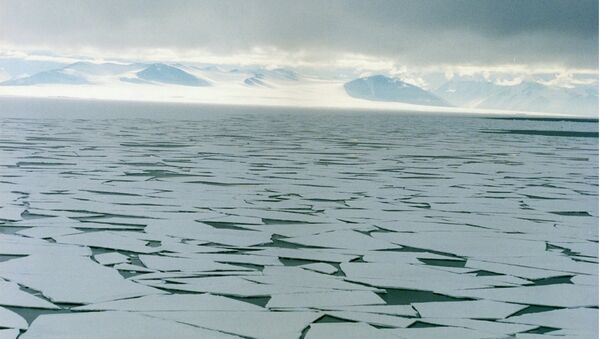The findings were published on Tuesday in the Proceedings of the Royal Society B journal. According to the report, the methane leak in the Ross Sea was first spotted in 2011. Five years after that, the microorganisms that usually consume the greenhouse gas had only developed in small quantities at the site.
“In 2011, an expansive (70 m × 1 m) microbial mat formed at 10 m water depth in the Ross Sea, Antarctica which we identify here to be a high latitude hydrogen sulfide and methane seep,” the study’s abstract explains.
Microbes typically consume methane from such leaks before it gets to the atmosphere. However, according to the researchers, methane is still escaping from the sea floor in the Ross Sea, despite the fact that microbes are present at the site.
“The delay [in methane consumption] is the most important finding,” Andrew Thurber of Oregon State University told the Guardian. “It is not good news. It took more than five years for the microbes to begin to show up and even then there was still methane rapidly escaping from the sea floor,” he added, also noting that "it may be five to 10 years before a [microbial] community becomes fully adapted and starts consuming methane."
Despite the fact that there is a methane leak, the area where it was found in the Ross Sea has not warmed significantly in recent years.
Researchers are generally concerned about the release of methane from frozen, underwater stores and from permafrost regions, as it could accelerate climate change.
In 2018, NASA warned that the Arctic landscape stores “one of the largest natural reservoirs of organic carbon in the world in its frozen soils.”
“But once thawed, soil microbes in the permafrost can turn that carbon into the greenhouse gases carbon dioxide and methane, which then enter into the atmosphere and contribute to climate warming,” NASA explained.

